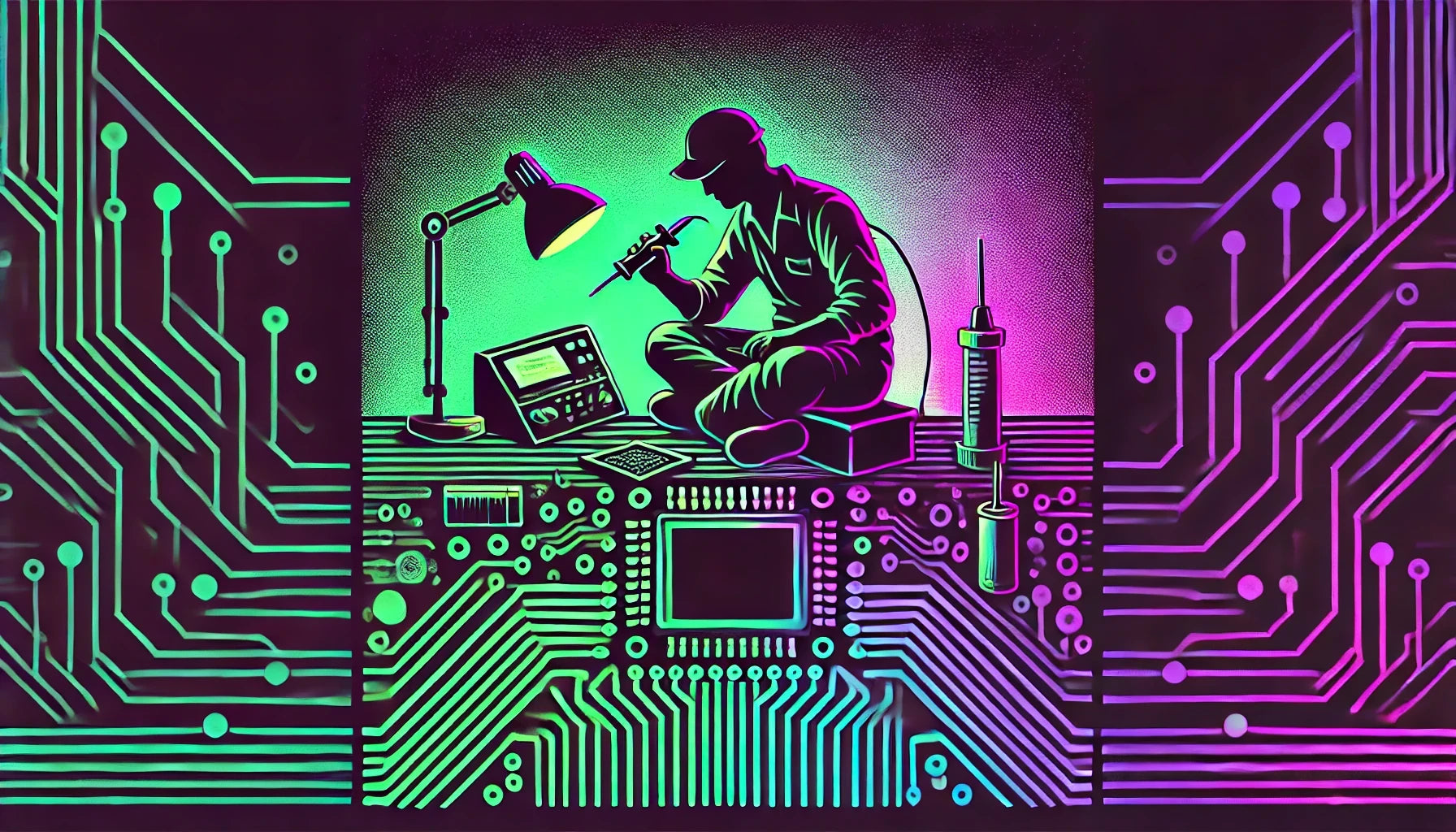Understanding ResourceExhaustedError in TensorFlow
The ResourceExhaustedError in TensorFlow is an indicator that the system has run out of resources required to execute a given operation. This is one of the common runtime errors you may encounter when working with TensorFlow, particularly in deep learning models where resource constraints can be quite demanding.
- Memory and GPU Limitations: Deep learning models and operations often consume significant amounts of memory. When TensorFlow attempts to allocate more memory than your hardware can provide, it results in a `ResourceExhaustedError`. This can happen when working with large batch sizes, complex models, or when the available compute resources are shared with other processes.
- Runtime Behavior: During execution, TensorFlow places workloads on available GPUs or CPUs. If the workload requires more memory than available on the hardware, TensorFlow throws the `ResourceExhaustedError`. It is essential to understand that this is not usually due to incorrect code, rather it's the hardware limitations being exceeded by the workload.
- Error Details: The error message associated with `ResourceExhaustedError` typically provides details on the allocation request that failed. This might include the requested memory size and the currently available memory on the device. Users can use this information to identify the operation consuming excessive resources.
```python
import tensorflow as tf
Example of a simple convolutional neural network
model = tf.keras.models.Sequential([
tf.keras.layers.Conv2D(64, (3, 3), input_shape=(28, 28, 1), activation='relu'),
tf.keras.layers.MaxPooling2D(2, 2),
tf.keras.layers.Conv2D(64, (3, 3), activation='relu'),
tf.keras.layers.MaxPooling2D(2, 2),
tf.keras.layers.Flatten(),
tf.keras.layers.Dense(128, activation='relu'),
tf.keras.layers.Dense(10, activation='softmax')
])
Compile and run the model, which might throw a ResourceExhaustedError if resources are limited
model.compile(optimizer='adam', loss='sparse_categorical_crossentropy', metrics=['accuracy'])
Note: Adjust batch size or model complexity if this error occurs
```
In the above code snippet, running the model on a resource-constrained environment may result in a ResourceExhaustedError due to its demand for memory. This error often serves as a prompt for an iterative process to better align the computational workload with available resources.

























